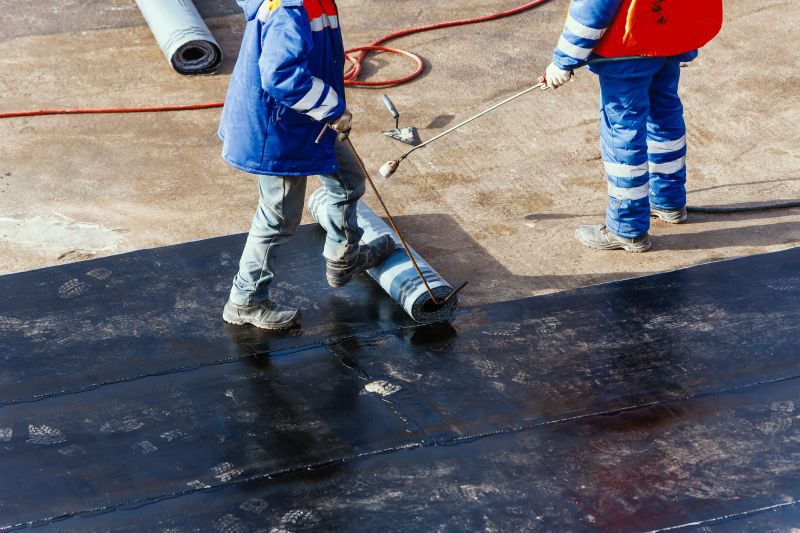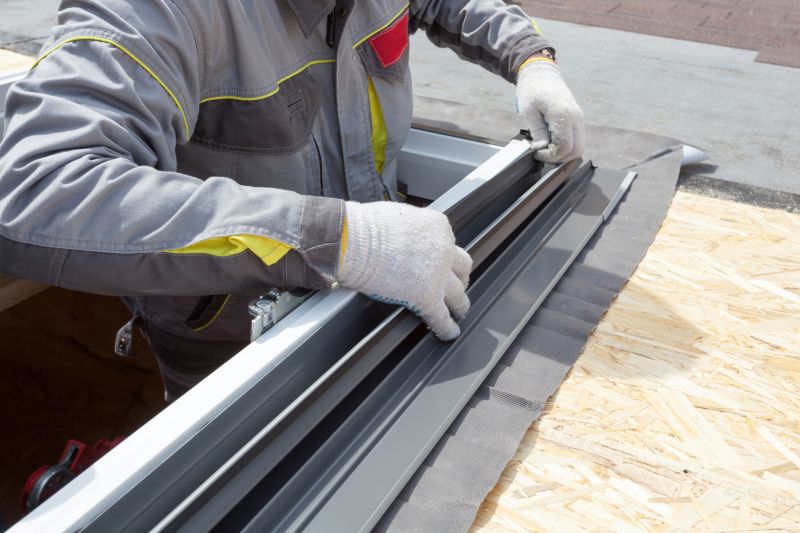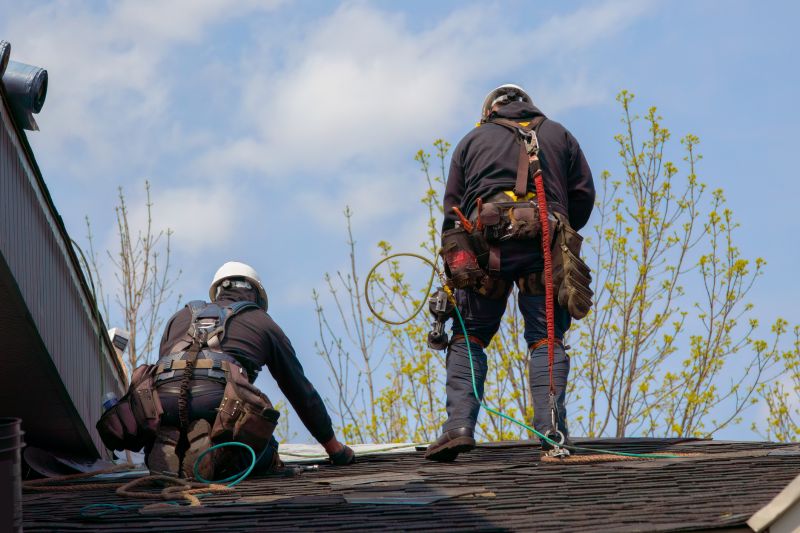Optimal Timing for Roofing Services
Determining the optimal time for roofing service depends on climate conditions and seasonal weather patterns. Generally, favorable weather with minimal rain, snow, or extreme temperatures ensures proper installation and repairs. Spring and fall often provide ideal conditions, with moderate temperatures and lower chances of weather disruptions.
Spring offers mild weather ideal for roofing projects, reducing delays caused by harsh winter or summer conditions.
Fall provides cooler temperatures and dry weather, making it suitable for roof repairs and installations before winter.
Summer can be suitable but requires caution due to higher temperatures and potential heat-related issues.
Winter is less ideal due to snow, ice, and freezing temperatures that can hinder roofing work and affect material performance.

Ways to make Roofing Service work in tight or awkward layouts.

Popular materials for Roofing Service and why they hold up over time.

Simple add-ons that improve Roofing Service without blowing the budget.

High-end options that actually feel worth it for Roofing Service.

Finishes and colors that play nicely with Roofing Service.

Little measurements that prevent headaches on Roofing Service day.
Roofing services encompass a range of work including repairs, replacements, and maintenance. Proper timing ensures longevity and effectiveness of roofing systems. Seasonal considerations can impact the durability of materials and the safety of installation procedures. For example, asphalt shingles perform best when installed during moderate temperatures, avoiding the extremes of summer heat and winter cold.

A 60-second routine that keeps Roofing Service looking new.

A frequent mistake in Roofing Service and how to dodge it.

Small tweaks to make Roofing Service safer and easier to use.

Lower-waste or water-saving choices for Roofing Service.

The short, realistic tool list for quality Roofing Service.

Rough timing from prep to clean-up for Roofing Service.
| Season | Ideal Conditions |
|---|---|
| Spring | Moderate temperatures, low precipitation |
| Summer | Warm weather, caution needed for high heat |
| Fall | Cool, dry weather suitable for many projects |
| Winter | Snow, ice, and freezing temperatures limit work |



